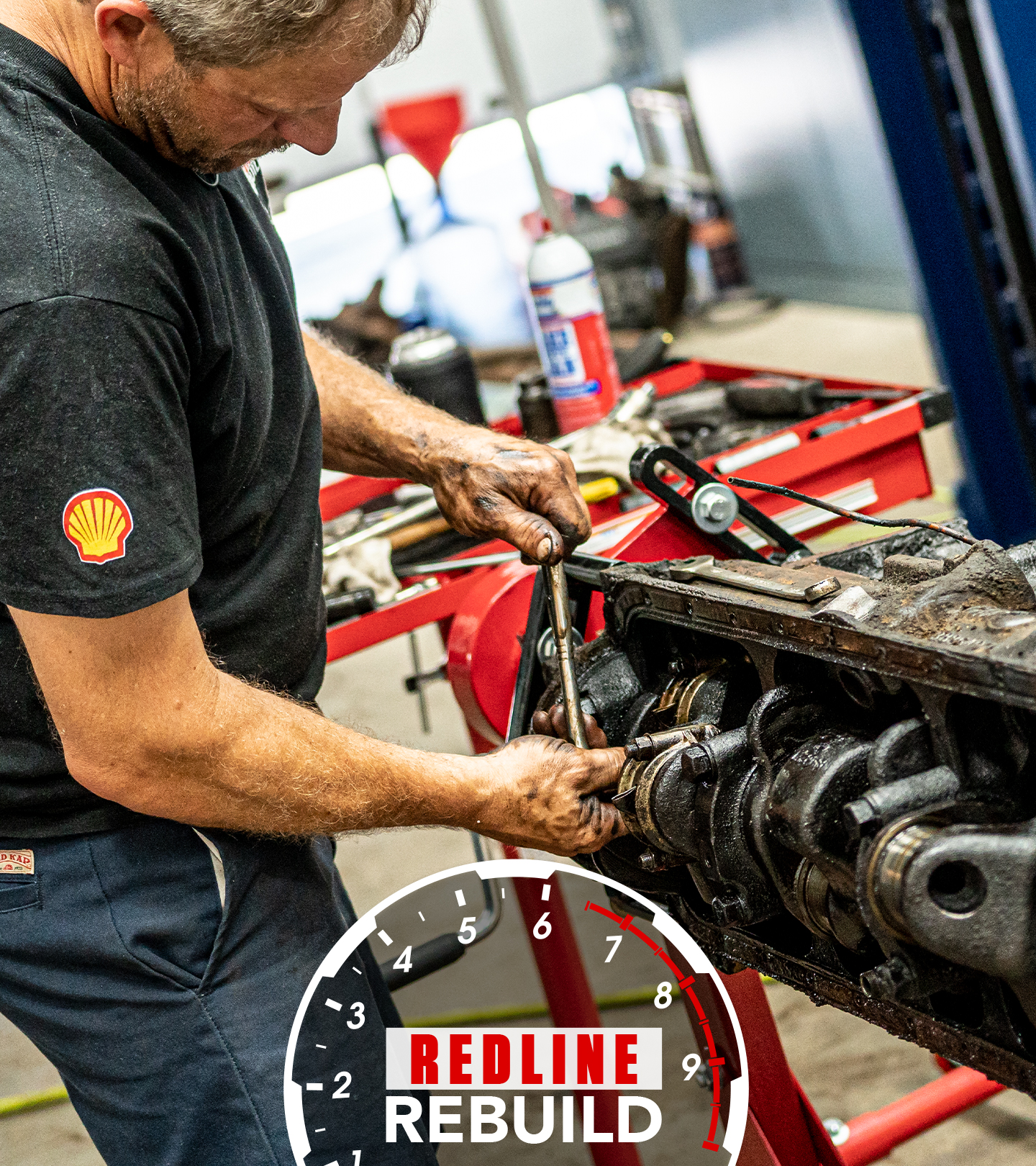Porting cylinder heads to optimize engine performance | Hagerty DIY - Hagerty Media
There’s no such thing as free power when it comes to modifying engines. Horsepower costs money, and it all comes down to how “fast” you want to spend. Davin has a few tricks to share that aren’t free, but if you’re willing to spend some time at the workbench with a die grinder, there are horses to be freed from the cast iron (or aluminum) corral by porting your cylinder heads.
The process and goal of porting is simple—to remove small amounts of metal that inhibit airflow through the cylinder heads.
“It’s a little intimidating to some folks, but with a careful touch and patience, anyone can port their own heads,” Davin says as he prepares the die grinder to get started.
It’s a slightly tired saying, but an engine is indeed an air pump. That means more airflow in and out of the engine means higher power potential. Cylinder heads are cast with that in mind, but it’s a matter of balancing manufacturer budget points and production requirements. Years down the line, as we enthusiasts rebuild engines, we’re not bound by those constraints. For us to spend an extra few hours’ work to pick up additional power is often worth the effort.
The only tools you will need are a die grinder and some carbide cutting dies. This is the time to buy nice tools, since cheaping out and saving $35 on your die grinder might mean you end up with one that weeble-wobbles the cutting die around and causes you to cut too much material or nick a part that should be cut—thus costing you a cylinder head. A nice, bright flashlight will also help you see exactly what you are working on inside the confines of the small and dark cylinder head.
“The trick is to work slowly,” Davin says. “Just never be in a rush. Take small cuts and constantly check your progress. Look really hard at how things are laid out and where your best return is going to be, because it might make sense to leave part of the port alone because of a head bolt right next to it, or the way the water jacket runs. Even a home job, just cleaning up a small amount, is free power compared to stock.”
This set of Pontiac heads ate up a few days of Davin’s time, but it’s small gains like these that make the final product better by leaps and bounds. Attention to detail is what separates the best from the rest in a lot of fields—like engine building. Davin is chock full of tips like this, and if you want to get his latest tricks be sure to subscribe to Hagerty’s YouTube channel; you’ll be notified when each new video goes live.
- 1
- /
- 3
Next episodes
You may also like










